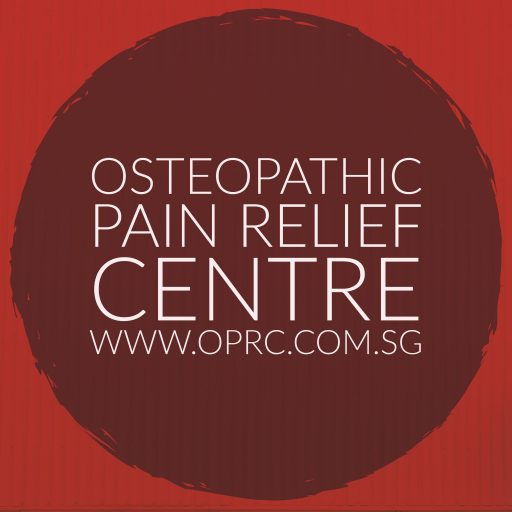Osteopathic Treatment of Tennis/Golfer’s Elbow
‘Tennis Elbow’ is located at the outer elbow, whereas “Golfer’s Elbow” is on the inner aspect closer to your body. Aside from the names, both have similar injury and treatment patterns. These elbow injuries are caused by an overuse of the forearm muscles leading to a tear/inflammation of the tendons attached to the elbow region. In spite of their common usage, ‘tennis’ or ‘golfers’ elbow are not always associated with playing tennis/golf. In fact, it is common for sedentary desk workers to develop these injuries from hours of repetitive computer/writing work. People may experience symptoms which range from pain while gripping objects, to a constant and unremitting ache that disturbs sleep. However, not all pain felt in the elbow region is necessarily due to tendon injury and people are often mis-diagnosed. Osteopaths consider a wider range of soft tissue and joint injuries in their diagnosis. What may seem like tennis/golfer’s elbow may only be a minor injury, easily treated with osteopathic soft tissue manipulation and joint mobilisation. This removes the need for injections or surgery.
Relief from Tight Forearm Muscles
The major component of tennis or golfer’s elbow is injury to the forearm muscles. These muscles can be injured by repetitive movements like carrying/lifting excessive loads, unaccustomed activity and by sports. Either through accumulation or excessive movement, these muscles develop trigger points or knots which make them tight, weak and easily injured. The osteopath can locate and determine which muscles are injured and manipulate the area to normalise the physiological state. With osteopathic treatment the muscle ache is reduced, the tightness lessened and the strength to grip, lift and carry improves. Specific advice is then given to aid further recovery and limit recurrences.
Resolution of ‘true’ Tennis/Golfers Elbow
The medical definition of this injury describes a tendon tear of the forearm muscle where it attaches to the bone. The tear initiates an inflammatory process, which for many sufferers tends to linger, causing pain and discomfort. Left untreated this problem persists and will intermittently return. Osteopaths will be able to manage this problem using trigger point release, deep soft-tissue massage, joint manipulation and exercises. The goal of osteopathic treatment is to allow the tendon to heal, release the trigger points/knots in the muscles and mobilise the joints thus stopping the muscles from over contracting. Successful treatment will result in a return to full mobility and the ability to perform daily activities with ease and without fear that the pain will return.
Relief from Elbow Aches
Most aches are muscular in origin, some can be from the ligaments and, in severe cases, a trapped nerve can produce a similar ache. Elbow injuries have a component of twisting and turning strain patterns, primarily because the elbow is designed to perform these movements. However if the movements are exaggerated it can cause injury. Although there is no severe damage to the joint or muscles, the aches can be persistent and troublesome. Osteopaths recognize these types of injuries and are able to reduce the continuing stress by balancing the ligaments, joints and membranes of the elbow. These are functional injuries which means they are mostly reversible, and with proper treatment a full recovery is achieved.
Relief from Stiff Forearms, Elbows and shoulder
Osteopaths work uniquely in that they consider how other areas such as shoulder/neck stiffness or wrist malfunction can influence elbow injuries. This is an important distinction from other forms of treatment because osteopaths believe that the body is connected in form and function. For many sufferers, complete recovery from elbow injuries involves resolving neck, shoulder and wrist problems. When the osteopath balances the tension in these areas with manipulation, any compensatory injuries to the elbow will lessen, giving it a better chance to recover completely.
General Advice
The use of elbow straps are recommended but with caution. Supports/straps are used to aid repair during the recovery phase, however, over reliance and constant use without treatment continues to damage the elbow. The use of plasters and ointments do help but ignoring persistent pain and discomfort will delay complete recovery. If in doubt, consult with an osteopath to determine the level of damage and start recovery as soon as possible.

